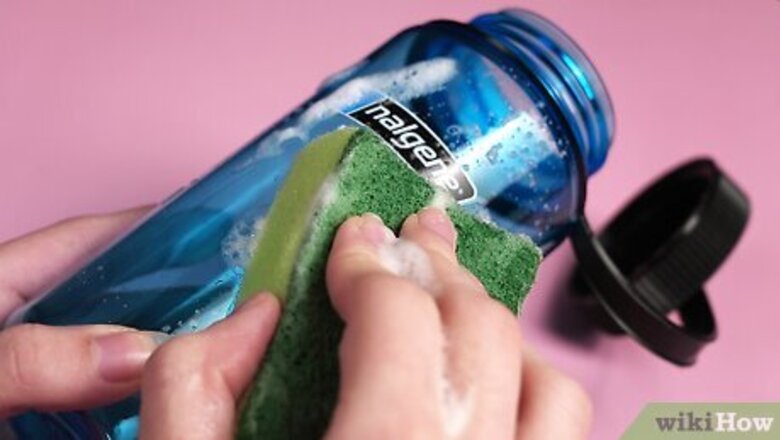
views
Washing the Bottle

Scrub the bottle with dish soap. Add a little bit of dish soap to the bottle, and pour water into the bottle. Shake the bottle to create soap suds, and use a clean bottle brush or sponge to scrub as deeply into the bottle as you can reach. Rinse until no more suds remain. Using a small amount of dish soap is safe, especially if you take care rinsing the bottle, but if you are worried, you can use lemon juice instead. You may also want to wipe down the outside of the bottle with the sponge or brush.
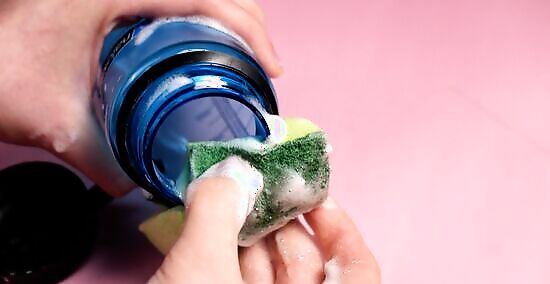
Wipe down the threads and cap. With the soapy sponge, wipe down the threads that wind around the top of the bottle. Run the brush or sponge around the cap, making sure that you catch every crook of the cap. A cotton swab can also help you reach small places in the cap. Rinse by running water over both parts.
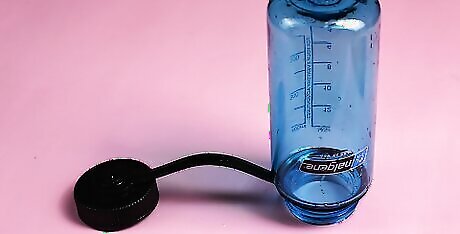
Dry the bottle upside down. You can dry the bottle by placing it upside down on a drying rack. This will help water drain of it while letting air in to dry the inside. If you don't have a drying rack, you can wipe it down and leave it to dry on a tea towel.
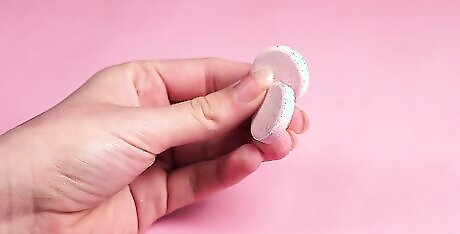
Use a cleaning tablet. If you need to disinfect the bottle, you can purchase bottle cleaning tablets. These are handy to clean your bottle if you are camping or hiking. Fill the bottle with water and add the tablet. Let it soak for an hour before rinsing and drying the bottle.

Place the bottle in the top rack of the dishwasher. Nalgene bottles can be put in the dishwasher, but the bottle and the cap must be kept on the top rack away from the heating element. This will prevent the bottle from melting in the dishwasher.
Removing Odors and Stains
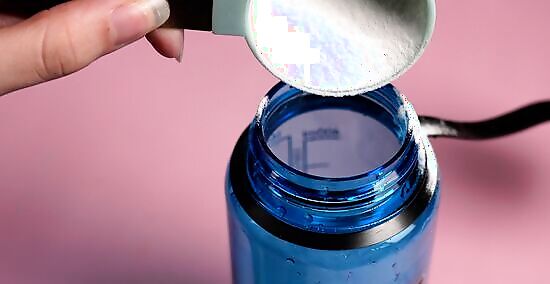
Put baking soda in the bottle. Baking soda can help remove strange smells and stains from the bottle. It is particularly helpful if you have kept a sticky drink in the bottle, such as juice. Measure out one-fourth cup of baking soda, and pour it into the bottle.

Add water. Measure out about an eighth cup of warm or hot water, and pour into the bottle. You can use hot water from the tap, but do not use boiling water, as this can melt the bottle.

Shake the bottle. Screw the cap back onto the bottle. Shake or swirl the bottle to mix the solution together. This will also make sure that the solution spreads throughout the bottle.
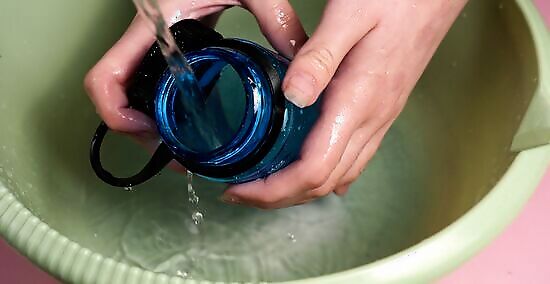
Rinse. Fill the bottle with clean water from the tap, and dump it out. Keep doing this until there is no longer any baking soda left in the bottle. Once it is rinsed, let it dry upside down on a drying rack.
Eliminating Mold
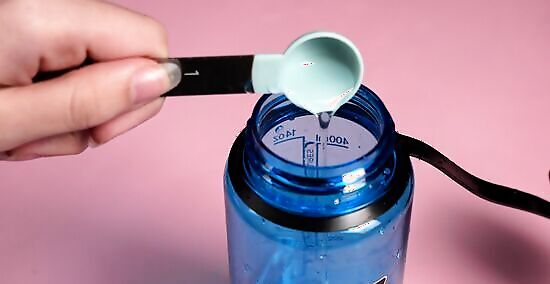
Pour bleach into the bottle. A little bit of bleach can help kill any mold that may be growing in the bottle. Measure out about half a teaspoon of bleach, and pour it inside the bottle.
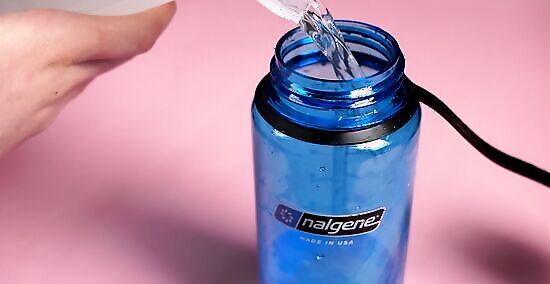
Add cool water. Cool water helps bleach clean the bottle more effectively than warm or hot water. Pour water into the bottle up to its top line, and shake it to mix the solution together.

Leave the bottle to soak overnight. If the mold is really bad, you may want to leave the solution in the bottle overnight to soak. Screw the cap on, and leave it until the next day.
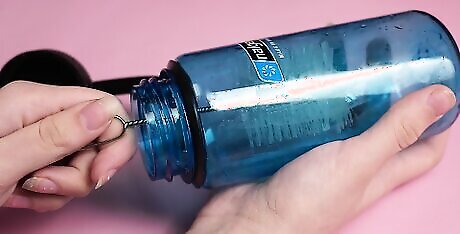
Scrub away the mold. Sometimes just soaking the bottle will remove the mold, but in some cases, you may need to scrub to get all of the mold off. Stick a dish or bottle brush in the bottle, and scrub the areas where there is mold. If there is any mold on the cap or threads, dip a rag or dish brush into the solution, and wipe it around the moldy parts.
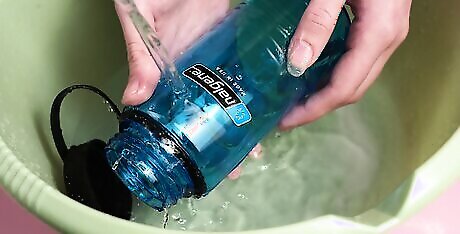
Rinse. Pour out the bleach solution into a sink, and rinse with fresh water. If you are worried about ingesting bleach, you may want to rinse it again or put it through the dishwasher. Let it dry completely before using.












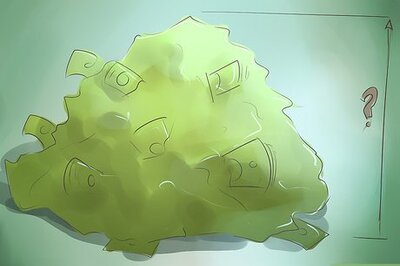



Comments
0 comment